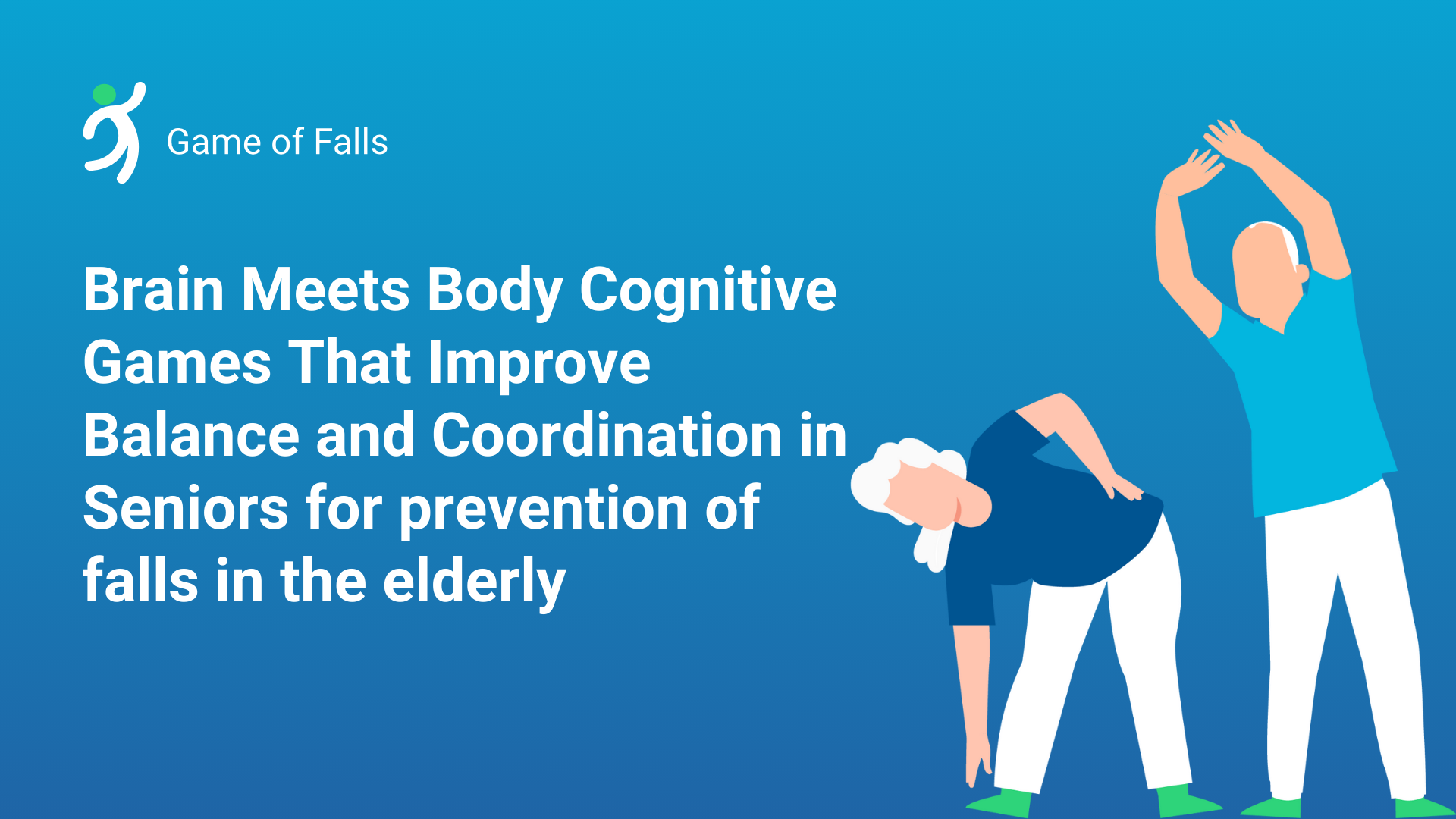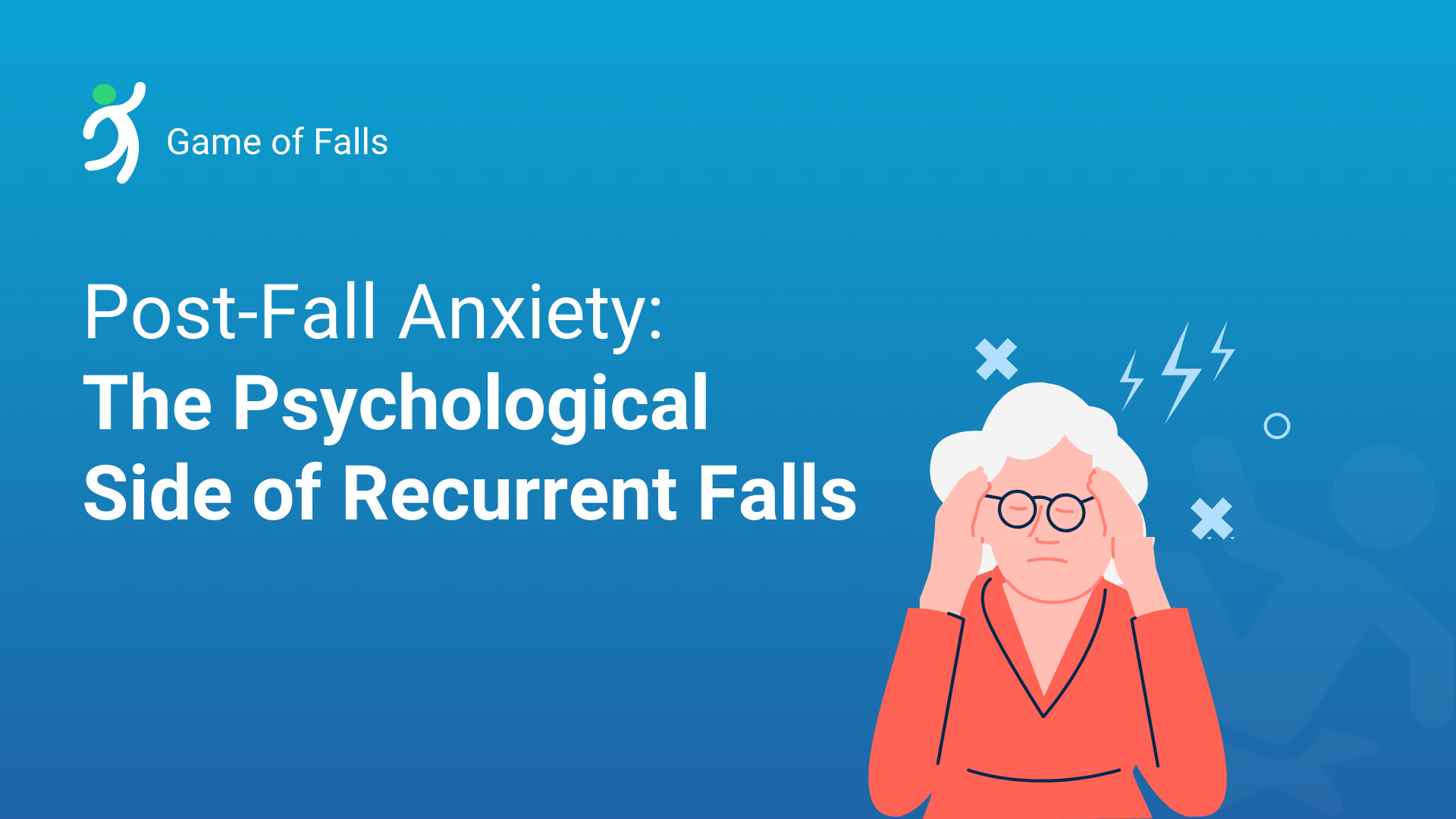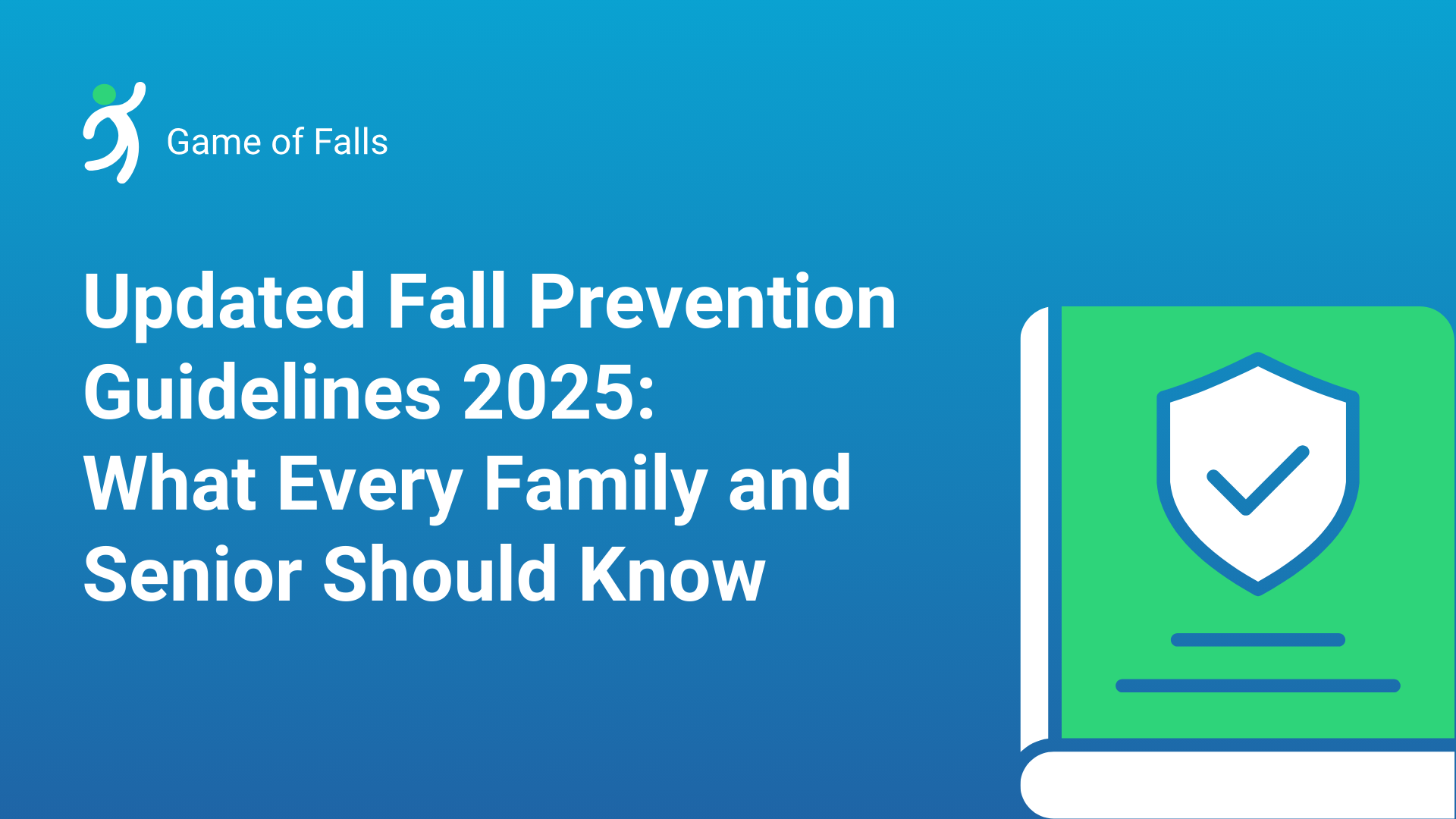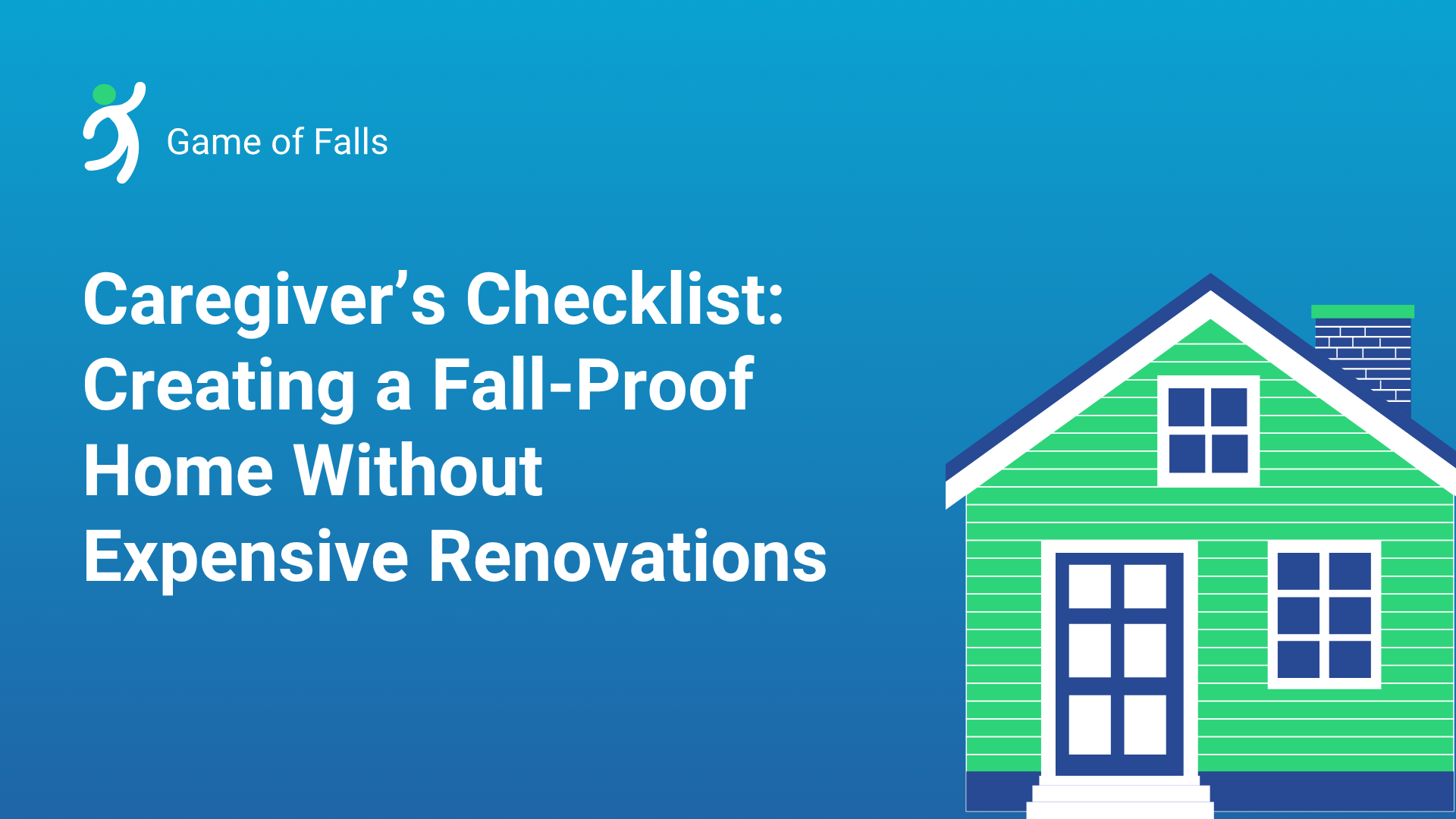
Falls among older adults are one of our aging society’s most significant public health challenges. Each year, 20–33% of adults aged 65 and older experience falls. These incidents can lead to death, injury, and a loss of independence. While multiple factors contribute to fall risk, emerging research consistently highlights gait abnormalities as one of the risk factors for falls in the elderly.
Read on to know how gait issues increase fall risks in older adults, common gait abnormalities, and how clinical intervention helps.
Understanding the Gait-Fall Connection

Think about how effortlessly a young person walks—fluid, confident strides that barely require conscious thought. Walking, or what researchers call “gait,” actually represents one of the most sophisticated feats of human coordination, seamlessly blending our muscles, nerves, and senses into graceful movement.
For older adults, this once-automatic process becomes increasingly precious. The way someone walks doesn’t just get them from the kitchen to the living room; it’s intimately connected to their ability to live independently, maintain their dignity, and enjoy life’s simple pleasures like grocery shopping or visiting friends.
When Gait Problems Affect Daily Functioning…
When walking becomes compromised, the ripple effects touch every aspect of daily life. Someone who once confidently navigated their neighborhood might start avoiding stairs, skipping social gatherings, or feeling anxious about simple trips to the mailbox. Research confirms what many families witness firsthand: older adults with walking difficulties face a two to three times higher risk of dangerous falls.
What makes this particularly challenging is how gait problems and fall risk feed off each other. Poor walking mechanics make falls more likely, but the fear of falling then makes people walk even more cautiously and unsteadily, creating a downward spiral that can rob someone of their independence faster than almost any other health issue.
Why Walking Matters More Than You Think
Walking isn’t just about getting from point A to point B. It’s the foundation of independence. For older adults, it determines whether they can cook their meals, shop for groceries, or visit their grandchildren without assistance.
Behind every confident step lies an intricate dance of body systems working in perfect harmony. Your brain constantly processes information from your eyes, inner ears, and the sensory receptors in your feet and joints. Simultaneously, it coordinates dozens of muscles to maintain balance while propelling you forward. It’s remarkable that we ever learn to walk at all, considering the complexity involved.
When this system starts to break down with age, the consequences extend far beyond walking itself. Research shows that simple measurements like how fast someone walks, how quickly they can stand up from a chair, or whether they can stand with one foot directly in front of the other are powerful predictors of their future quality of life. These seemingly basic abilities determine whether someone will continue living independently or require nursing home care.
Do Walking Problems Mean Broader Health Issues?

The sobering reality is that walking problems often signal broader health issues. When dementia begins affecting the brain, for instance, walking frequently becomes one of the first casualties. The disease doesn’t just impact memory. It disrupts the attention and coordination needed for safe movement, making every step potentially dangerous.
Families often notice the changes gradually. “Mom seems to be walking more slowly lately,” or “Dad’s shuffle is getting worse.” These observations, while concerning, often represent the visible tip of a much larger iceberg of changes happening beneath the surface.
- Gait speed has emerged as one of the most powerful predictors of fall risk in older adults.
- Studies show that walking speeds below 0.8 meters per second are associated with significantly higher fall rates.
- However, it’s not just slow walking that matters, as gait variability, or inconsistency in walking patterns, is equally important.
- Research indicates that older adults who demonstrate high stride-to-stride variability in timing, length, or width are at substantially greater risk for falls.
- This variability suggests underlying issues with motor control and balance regulation that compromise walking stability.
Balance Control During Walking
- Dynamic balance control during walking differs significantly from static balance.
- While standing balance tests are commonly used in clinical settings, research shows that measures of balance control during walking are more predictive of fall risk.
- Older adults who struggle to maintain lateral stability or who show excessive trunk sway while walking demonstrate higher fall rates.
Dual-Task Performance
- We typically walk while talking, thinking, or performing other cognitive tasks.
- Dual-task gait performance, where individuals walk while simultaneously performing cognitive tasks, has proven to be an excellent predictor of fall risk.
- Older adults who show significant gait deterioration when their attention is divided are at markedly higher risk for falls.
Common Gait Abnormalities in Older Adults

Several specific gait patterns are particularly associated as risk factors for falls in the elderly
Shuffling Gait: Characterized by reduced step height and length, shuffling increases trip risk and reduces the ability to recover from perturbations. This pattern often develops as a compensation for balance insecurity but paradoxically increases fall risk.
Wide-Based Gait: While widening the base of support might seem protective, excessively wide gait patterns often indicate underlying balance problems and are associated with higher fall rates.
Reduced Arm Swing: Arms play a crucial role in maintaining balance during walking. Reduced or asymmetrical arm swing can indicate neurological issues and is associated with increased fall risk.
Irregular Timing: Inconsistent step timing and rhythm suggest problems with motor control and are strong predictors of future falls.
The Role of Multiple Systems in Gait and Falls
Musculoskeletal Changes
Age-related changes in muscle mass, strength, and joint flexibility directly impact gait quality. Sarcopenia, the loss of muscle mass with aging, particularly affects the muscles crucial for walking stability. Research shows that older adults with significant muscle weakness demonstrate altered gait patterns that increase fall susceptibility.
Joint stiffness, particularly in the ankles and hips, can lead to compensatory gait patterns that compromise stability. Reduced ankle dorsiflexion, common in older adults, increases trip risk and reduces the ability to recover from stumbles.
Neurological Factors
The nervous system undergoes significant changes with aging that affect gait control. Slower nerve conduction, reduced proprioception, and changes in central processing all contribute to gait deterioration. These neurological changes are particularly evident in dual-task conditions where cognitive resources must be shared between walking and other activities.
Sensory System Decline
Vision, vestibular function, and proprioception all contribute to safe walking. Age-related decline in these sensory systems can lead to gait adaptations that increase fall risk. Poor vision, for example, often leads to cautious, slower gait patterns that paradoxically increase instability.
Clinical Assessment and Intervention

Gait Assessment Tools
Modern gait analysis goes beyond simple observation. Validated tools like the GAITRite system, wearable sensors, and smartphone applications can provide detailed gait measurements that help identify fall risk. Simple clinical measures like the Timed Up and Go test, while useful, may miss subtle gait abnormalities that predict falls.
Evidence-Based Interventions
Research supports several interventions for improving gait and reducing fall risk:
Exercise Programs: Structured exercise programs or even interactive games like Game of Falls, focusing on strength, balance, and gait training, have shown significant success in improving gait parameters and reducing falls. Programs like the Otago Exercise Programme and Tai Chi have strong research support.
Gait Training: Specific gait training interventions, including treadmill training, obstacle courses, and dual-task training, can improve gait quality and reduce fall risk.
Environmental Modifications: Addressing environmental hazards while simultaneously improving gait can provide comprehensive fall prevention.
Technology and Future Directions
Emerging technologies are revolutionizing gait assessment and intervention. Wearable devices can now provide continuous monitoring of gait parameters in real-world settings, allowing for early detection of gait deterioration. Virtual reality systems are being used for gait training, providing safe environments for practicing challenging walking scenarios.
Machine learning approaches are improving our ability to identify subtle gait changes that predict falls before they occur. These technologies hold promise for personalized fall prevention interventions based on individual gait signatures.
Conclusion
The evidence overwhelmingly supports the connection between gait abnormalities and increased fall risk in older adults. Gait assessment should be a central component of fall risk evaluation, and gait-focused interventions should be prioritized in fall prevention programs. As our understanding of the gait-fall relationship continues to evolve, targeted interventions based on individual gait characteristics offer the best hope for reducing the devastating impact of falls in our aging population.
Early identification of gait abnormalities, combined with appropriate interventions, can help older adults maintain their mobility and independence while significantly reducing their risk of experiencing life-altering falls. The key lies in recognizing that gait is about maintaining the complex, dynamic stability that keeps older adults safe and mobile in their daily lives.
Think of the brain as the conductor and the body as the orchestra. When they stay in rhythm, every step lands with confidence. Cognitive games train that rhythm by blending thinking with movement. You learn to notice hazards, choose safe actions, and move with intent. Cognitive training supports attention, memory, and decision speed. These skills […]
The conversation about falls in the elderly often revolves around physical injuries, but there’s another side to this story: the silent, creeping fear that can tiptoe into seniors’ lives post-fall. This anxiety does more than cloud the mind; it can withdraw a person into a shell of inactivity and solitude, paving the way for more […]
Falls among older adults remain a top public health concern in the United States. They cause serious injuries, loss of independence, and even death. To address these challenges with fresh focus and innovation, the US has introduced updated Fall Prevention Guidelines in 2025. These new recommendations offer families and seniors actionable strategies to prevent falls […]
For many seniors living in the U.S., home isn’t just a place; it’s a feeling. Until a fall happens. Falls can be a huge deal for older adults, and they’re actually the top cause of injuries in this age group. The good news, though, is that most of these tumbles happen at home, and with […]





